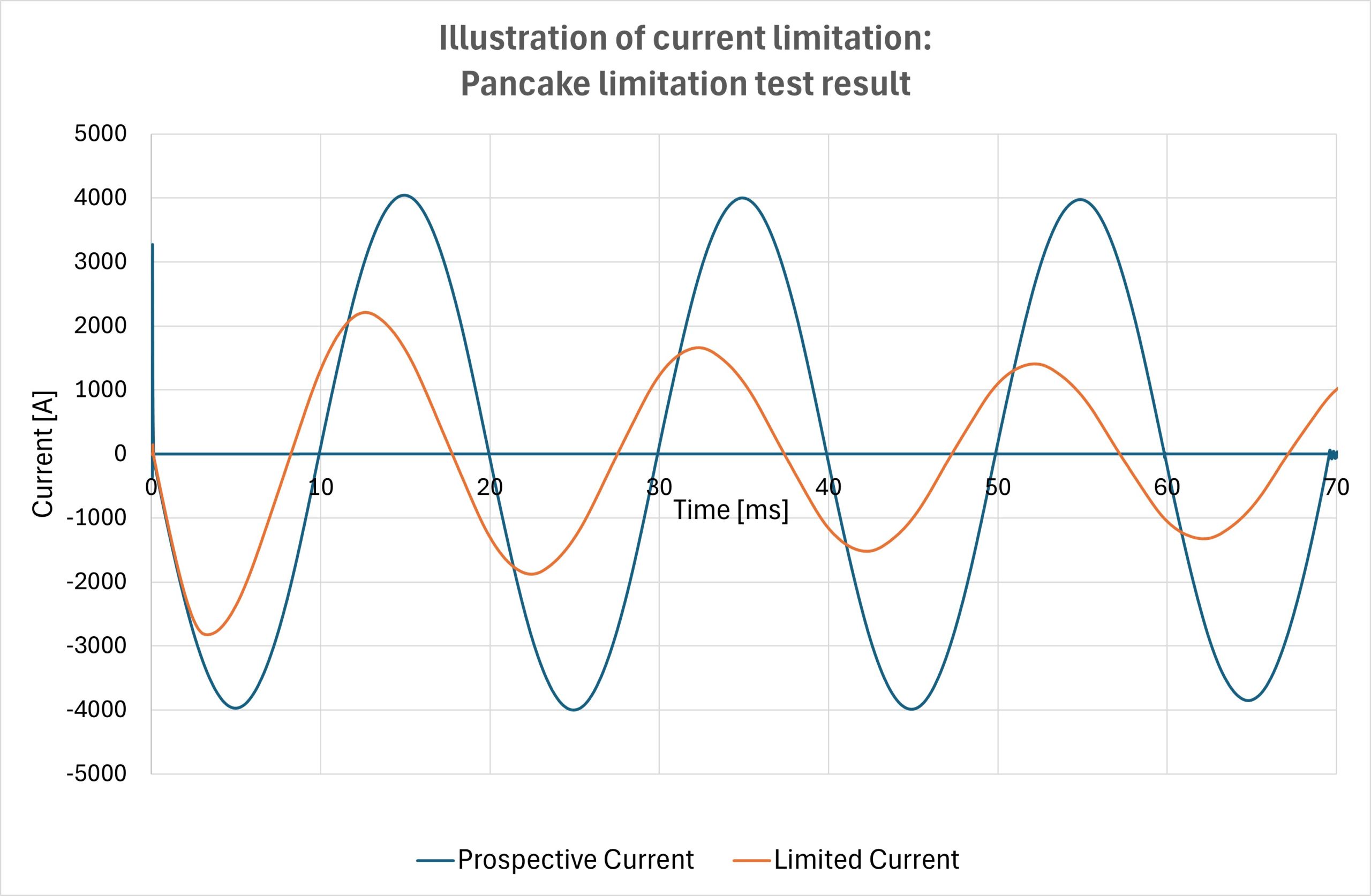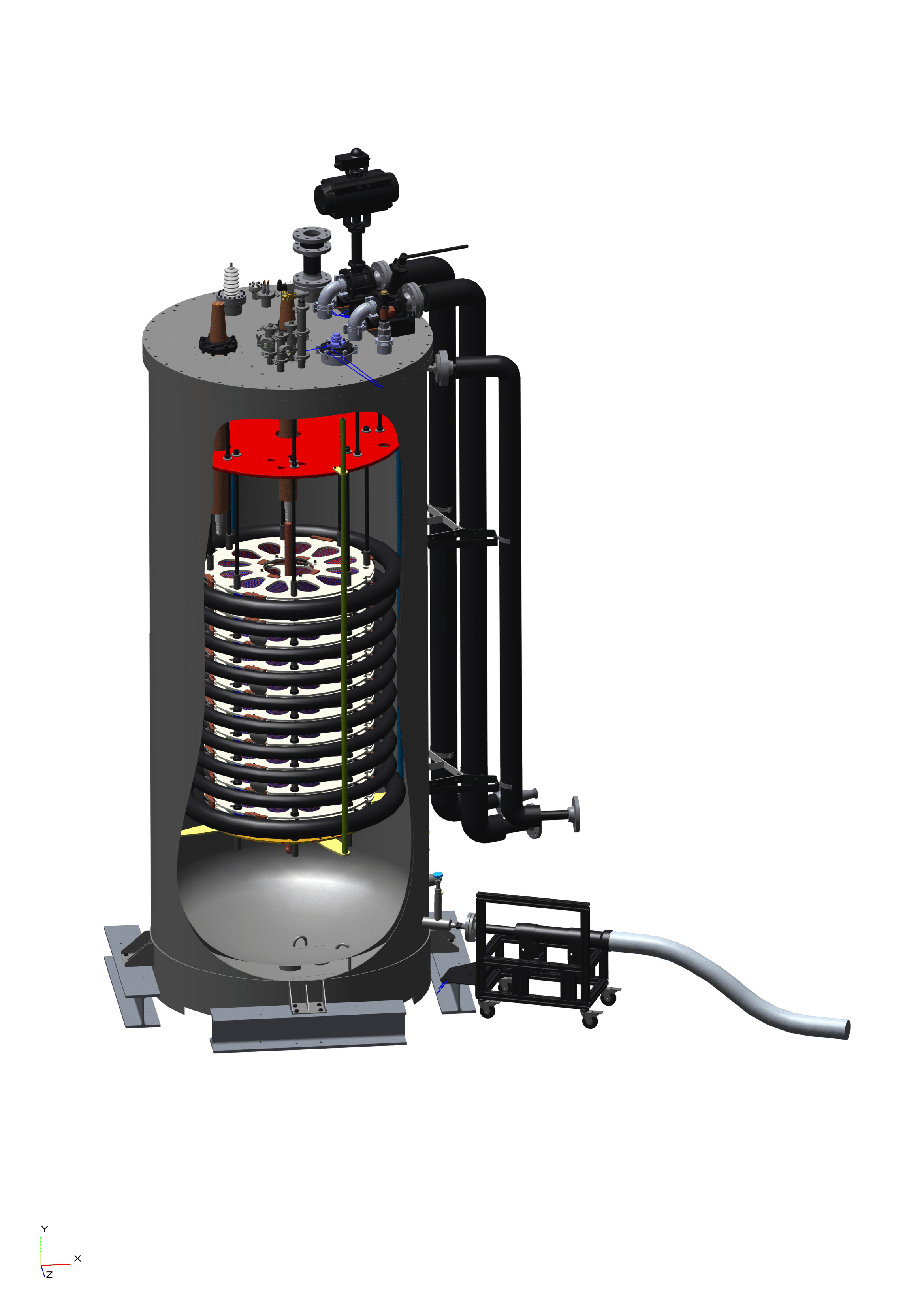Superconducting fault current limiters:
the future of grid protection?
With countries racing to produce more and more renewable energy, and electrify their transport and industry, we are anticipating higher nominal and fault currents within our power grids, increasing the risk of severe grid accidents. Our energy infrastructures must evolve to accommodate these challenges. At SuperGrid Institute, we have been working on a cost-effective, performant and size-efficient solution that we believe can provide some of the answers. Ask us about our superconducting fault current limiter prototype!
Can your protection devices keep up?
One of the major issues standing in the way of the widespread implementation of medium and high voltage power grids is developing protection devices that on one hand are capable of breaking high currents quickly enough to avoid damaging other equipment, and on the other are cost and space efficient. Various technological solutions exist to adapt equipment & power systems to these demands, including superconductivity.
Superconductivity is a remarkable phenomenon where certain materials, when cooled to extremely low temperatures, transmit power with zero electrical losses. By harnessing this technology, SuperGrid Institute has developed a superconducting fault current limiter (SFCL) prototype which provides perfect conductivity during normal operation and offers a very high resistance when fault currents occur. The design can be implemented either in AC or DC grids and be modulated for MV to HV currents.

Benefits for AC and DC grids and offshore applications
In AC grids, introducing a SFCL can mitigate your short circuit power issues in existing substations without additional costs as there is no need to upgrade your existing switchyard.
In DC grids, SFCLs provide a cost-effective breaking solution as they limit fault currents to a few kA therefore negating the need for sophisticated breakers. A simpler mechanical DC breaker combined with an SFCL can be used.
In an offshore context, incorporating a SFCL into gas-insulated switchgear with a mechanical DC Circuit Breaker can reduce the overall footprint of your DC protection equipment by 40 to 50%.
Why choose the SFCL?
- Ultra-fast response: Switches from low loss state to resistive state in less than 1 ms
- Minimum impedance: Passive and completely neutral to the grid during normal operations
- Proven technology: Already running in several projects around the world including in high voltage applications






